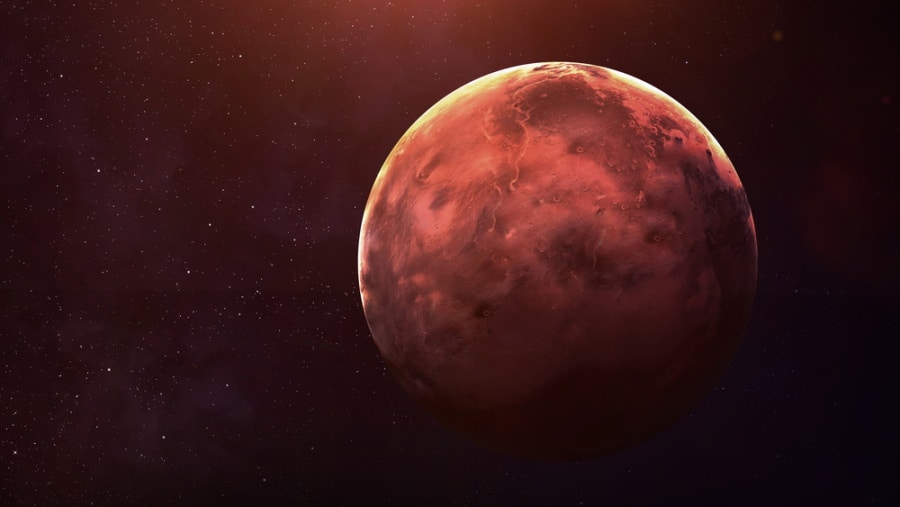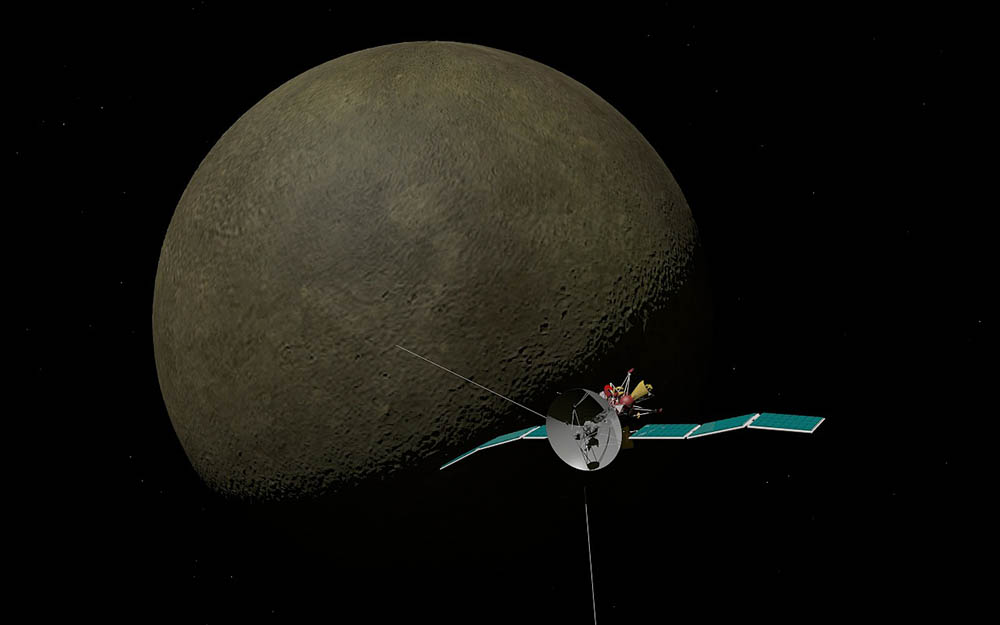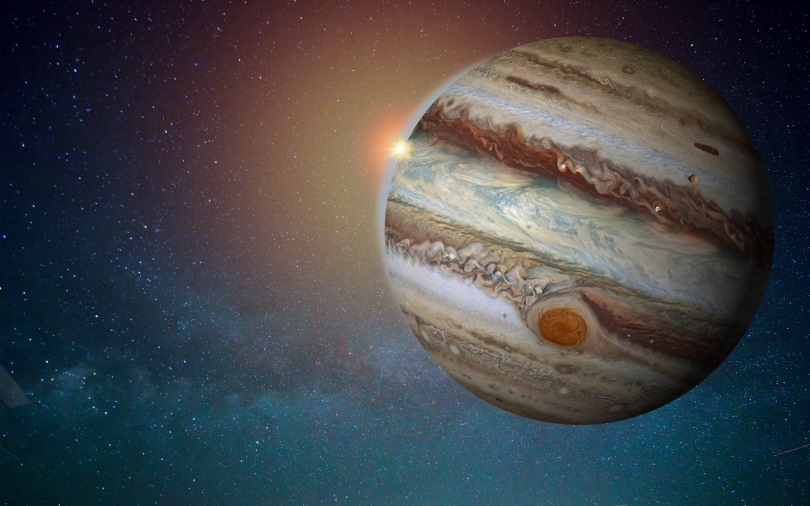How Big Is Mercury? Is It Really Shrinking?
Last Updated on

Whenever we look at ants, flowers, and even some dogs, it’s easy to feel like the biggest creatures in the Solar System. However, our egos get kicked down a notch whenever we look at larger animals, such as elephants or giraffes. If you were to consider the size of planets, you would be humbled even more, though not all planets are the same size.
What about Mercury? How big is Mercury? Mercury has a radius of 1,516 miles. Although this may sound like a lot, it is the smallest planet and is only 38% of the Earth’s size. All other planets are larger than Mercury, though dwarf planets, such as Pluto, are smaller.
Keep reading to learn more about the size of Mercury and how it compares to other planets in our Solar System.

How Big Is Mercury?
Planets are typically measured in terms of radius, diameter, and circumference. Based on all these measurements, Mercury is the smallest planet in our Solar System. Its radius is 1,516 miles, and its diameter is 3,030 miles.
Conceiving these measurements can be a bit difficult. It’s best to compare Mercury to Earth to get a better idea of its size. Mercury is about 38% of the Earth’s size. Another way to think of Mercury’s size is that it is about two-fifths the size of the Earth. Even more shocking is the fact that Mercury is about the same size as the continental United States.
Needless to say, Mercury is very small. It is notably smaller than the Earth, and the Earth isn’t very large either. Out of the eight planets in our Solar System, the Earth is the fifth largest behind Neptune, Uranus, Saturn, and Jupiter, with Jupiter being the largest.

How Does Mercury Compare to Other Planets in Size?
To further show just how small Mercury is, it’s a good idea to compare Mercury to all the planets in our Solar System. Of the eight planets, Mercury is the smallest. Here’s a list of all the planets in order of size from largest to smallest:
As mentioned above, Mercury is about 38% of the size of the Earth. In comparison, Mars, which is the second smallest planet in our Solar System, is about half the size of the Earth. On the other end of the lineup, Jupiter is 1,120% the size of the Earth.
You might be wondering where Pluto falls in all of this. Pluto is considered a dwarf planet. If you consider the dwarf planet in this lineup, Pluto falls just behind Mercury, but it isn’t actually a full planet.

Mercury Is Shrinking
Just because Mercury is the smallest planet today does not mean it’s going to remain the same size. In fact, studies have shown that Mercury is actually shrinking. In the 1970s, a spacecraft visited the planet and found features that suggest the world is shriveling.
Experts believe Mercury is shrinking because the planet’s hot interior is cooling, which draws the surface together. Given the fact that Mercury is shrinking, it will likely remain the smallest planet in our Solar System for some time.
Final Thoughts
Mercury is the smallest planet in our Solar System with a diameter of 3,030 miles and a radius of 1,516 miles. Pluto used to hold the title of the smallest planet, but Pluto is now considered a dwarf planet, meaning Mercury now reigns supreme, and the planet is only getting smaller.
When you compare Mercury to Earth, you can see just how small the planet is. It is less than half the size of the Earth. If you compare Mercury to larger planets, such as Neptune and Jupiter, Mercury looks nothing more than a bouncy ball in comparison.
You might be interested:
Featured Image Credit: Vadim Sadovski, Shutterstock
About the Author Robert Sparks
Robert’s obsession with all things optical started early in life, when his optician father would bring home prototypes for Robert to play with. Nowadays, Robert is dedicated to helping others find the right optics for their needs. His hobbies include astronomy, astrophysics, and model building. Originally from Newark, NJ, he resides in Santa Fe, New Mexico, where the nighttime skies are filled with glittering stars.
Related Articles:
Binocular Magnification Chart: Numbers & Distances Compared
What Is the Best Binocular Magnification for Hunting? Optical Features Explained
When Were Binoculars Invented? History, Today & Future
15 Crucial Facts About Ultraviolet Rays & the Sun
What Constellation Is Spica In? The Interesting Answer!
10 Interesting Leo Constellation Facts, Myths, and FAQs
15 Interesting Pegasus Constellation Facts, Myths, and FAQs
6 Interesting Sagittarius Constellation Facts, Myths, and FAQs in 2024!
